BLOG ARTICLE
Audio-Only Podcast vs Video Podcast - Pros, Cons and Actionable Tips
Last updated: 11/18/2025
Last updated: 11/18/2025
Are you confused about whether you should do an audio-only podcast or a video podcast?
Given the growth of YouTube, it is easy to assume that video podcasts are the obvious choice but that’s not entirely the case.
Both audio-only podcasts & YouTube have their advantages over the other and you have to fully analyze them before picking the format of your podcast.
So let’s get started.
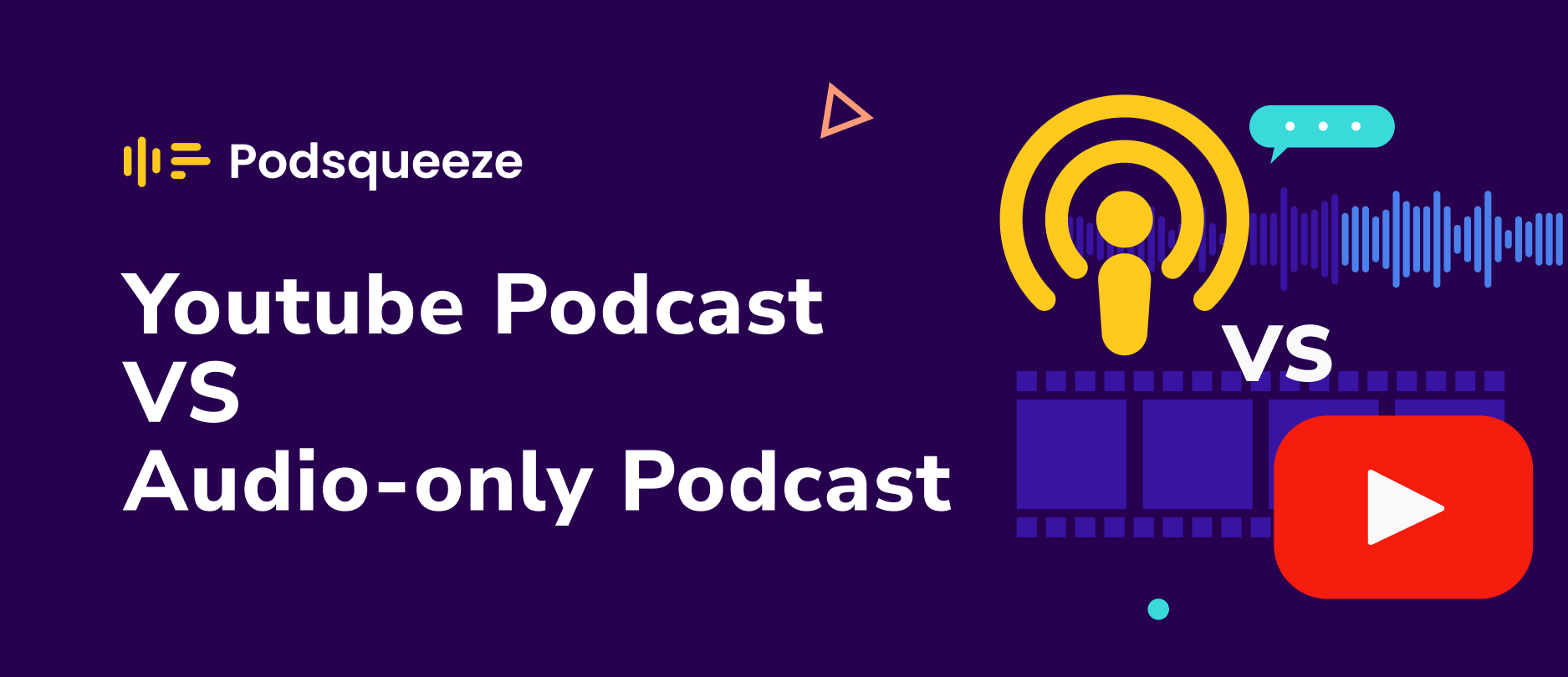
8 Reasons to Start an Audio-only Podcast Compared to a YouTube Video Podcast
1. Audio-Only Podcasts are Easy and Cheap to Start
Starting an audio podcast is cheap because the only equipment you need to record an audio podcast is a microphone.
You can pick up a decent microphone like the Razen Sieren Mini or the Samson Q2U for just around ~$50, pair it with any computer or laptop you have lying around, and start recording a good-quality podcast.
You can enhance the audio quality with AI tools like Adobe Speech Enhancement AI.
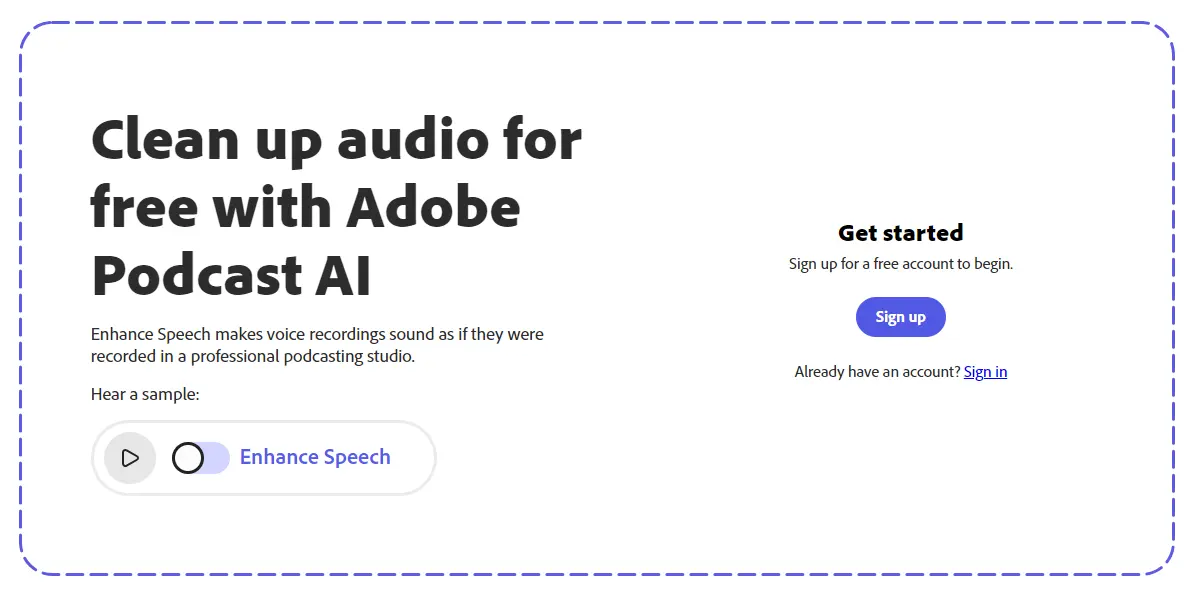
You can expect to pay around 100$ for a simple audio-only podcast setup.
On the other hand, recording a video podcast for YouTube is expensive. While it is true that you can record a video with just your smartphone, you still might need to invest hundreds of dollars worth of lighting, props, audio equipment, and a high-performance laptop to record & edit a high-quality video.
This can bring your equipment costs to approximately $500 to $2,000.
So audio podcast is much easier & affordable to start than a video podcast.
2. Growing Your Show With Guests
One of the popular podcasting formats right now is to invite expert guests on your show & have an interview with them.
This can accelerate the growth of your podcast because guests often promote it with their network and followers, and it can also boost your podcast's search engine ranking when your guests are frequently searched on Google and other search engines. Besides, 77% of podcast listeners prefer podcasts with two or more participants in the conversation.
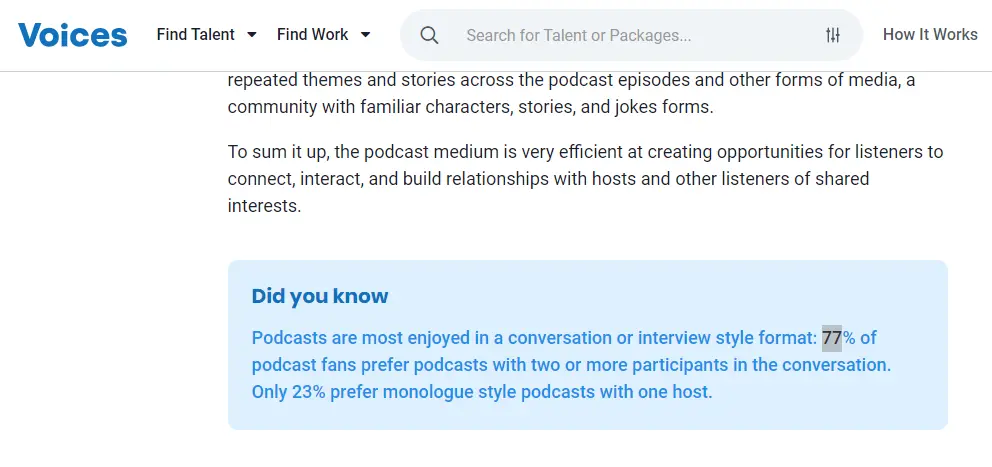
But here’s the thing...
To land more guests, you need to make it as easy for them to appear on your podcast
If you’re doing a video podcast, there is a good chance the guests you invite might be camera shy and uncomfortable appearing in front of the camera, and they might decline due to this reason.
Not only that, guests often don’t have the studio setup like you, so even if they agree to come on your video podcast, it is going to end up looking bad on the screen when you do video podcasts using Zoom calls.
This won’t be the case with the audio podcasts.
Since it is audio-only, guests don't need to show their faces, and they will be more comfortable speaking on your podcasts.
Also, with the help of AI tools like Xound's audio quality enhancer, you can remove noises and edit your audio easily.
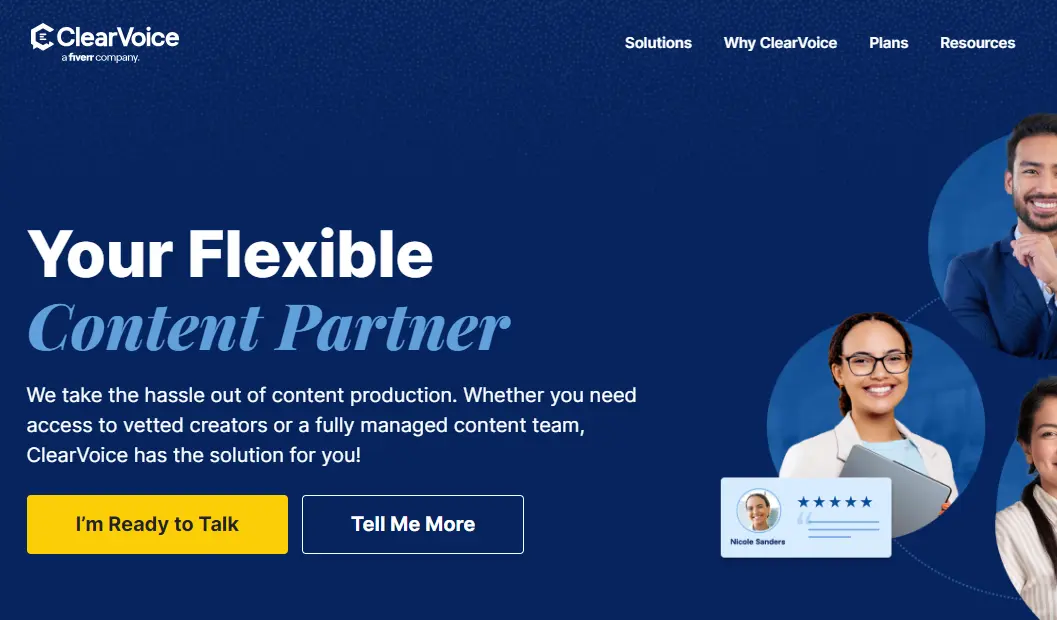
So, You’ll land more guests, do more interview episodes & grow faster with audio-only podcasts.
3. Audio can be Consumed Easily
In 2023, 79% of podcast consumers listen to Podcasts on their smartphones and according to NuVoodoo’s survey, 26% of them consume podcasts while driving.
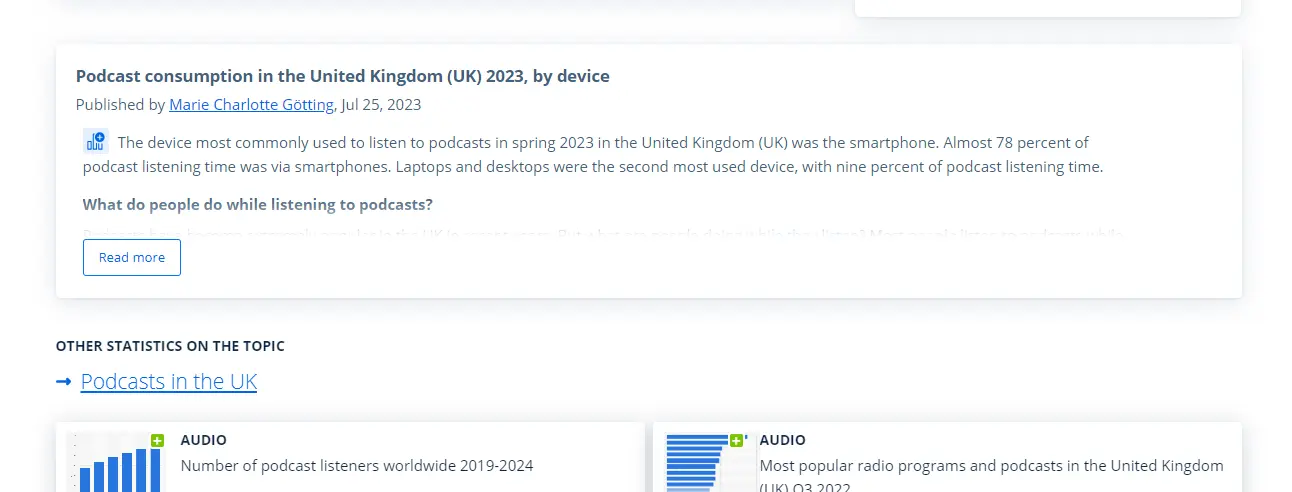
Most podcast listeners love to listen to podcasts on the go and screen-free and that’s where audio podcasts have a big advantage over video podcasts on YouTube.
Not just that, listeners can listen to your audio-only podcast in the background passively and don’t need to stay glued to their screens.
Both of these are not possible if you do video podcasts on YouTube.
Listeners have to actively listen to your video podcast to follow it along clearly, and video podcasts on YouTube can’t be played in the background unless they have YouTube Premium.
So, as you can see, audio podcasts have an edge over video podcasts as they are more easily accessible.
4. Podcasts can be Distributed on Multiple Platforms
One of the major reasons why audio podcasts are so popular among both creators & listeners is because of how widely distributed they can be through RSS feeds.
To put it in simple terms, when you host your podcast on a hosting platform, a podcast RSS feed containing information about your show and its episodes is generated (irrespective of where you host your podcast).
When you release a new podcast episode, it gets distributed to all the podcast platforms and directories where you've set up an account and published your RSS feed. This includes platforms like Spotify, Apple Music, and more.
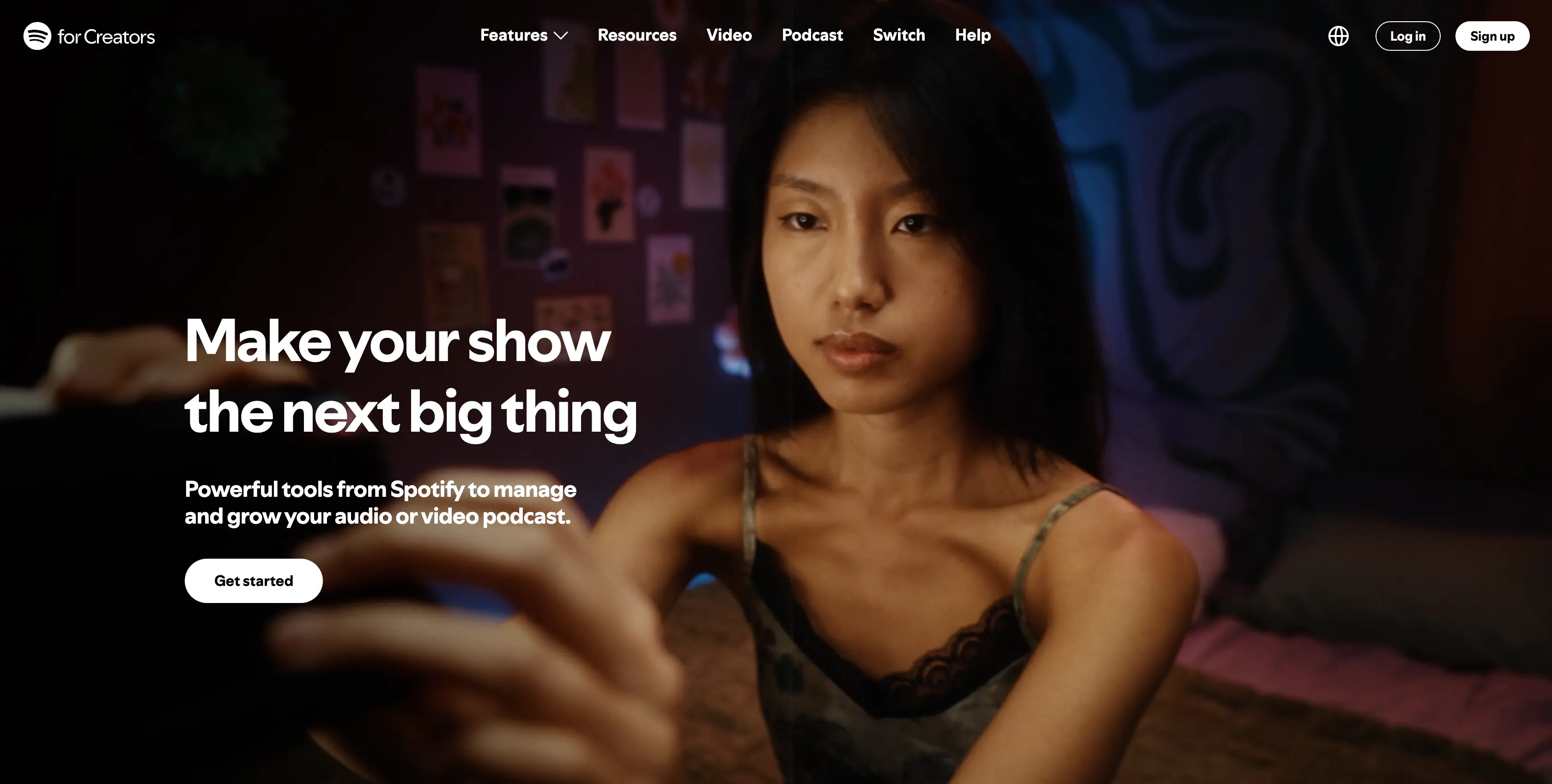
Listeners can hear your audio podcasts in their favorite apps because RSS feeds are platform-independent & work on all platforms. They also have the option to download your podcast & listen to it offline without internet access.
On the other hand, when you make a video podcast, your audience can only view it from the YouTube platform, limiting the places where your podcast can be consumed and distributed.
So if you want your content to reach an audience on multiple platforms rather than just focusing on one, audio podcasting is the way to go.
Also, keep in mind that an audio-only podcast can go a long way when you repurpose the content.
Even if your podcast doesn’t include video, you can still create audiograms with animated captions using tools like Podsqueeze and turn them into Reels or Shorts for TikTok and YouTube.
You can also leverage podcast transcription to add value for your audience—especially for those who are hearing impaired—and use it to create blog posts, social media content, and more.
5. Skills & Time Needed to Produce a Podcast
Audio podcasting and video podcasting need different sets of skills altogether.
If you want to start an audio podcast, you need:
- To have an interesting niche that you like talking about
- A couple of hours a week to record an episode
- The ability to write a script that engages your audience and guests
- Create consistently and distribute your podcast.
But creating a video podcast for your YouTube channel is much more time & skill-intensive.
Apart from the skills mentioned above, you also need:
- A solid grip on recording videos
- Video editing skills to make it engaging
- And make yourself engaging in front of the camera
In the time it takes to create 1 YouTube video, you can create multiple podcast episodes and put them out.
So, if you want to get started with your podcast as soon as possible, without having to worry about video editing skills, audio-only Podcasts are the right choice.
6. Audio Podcasts are More Popular Video Podcasts
Despite the growing trend of YouTube, audio podcasts still beat video podcasts in terms of popularity among listeners.
According to a recent survey by Voices, 58% of people still prefer consuming audio-only podcasts over video podcasts.

Audio podcasts continue to work as a passive medium for listeners.
This clearly shows that the trend of audio podcasts is still strong, and it is only growing bigger.
7. More engaged & connected subscribers for your podcast
Audio podcasts give you a unique opportunity to build a brand and trust among your listeners just with your voice.
The absence of visuals can paradoxically create a more personal connection. Listeners often report feeling like they are having a one-on-one conversation with the podcast host, fostering a stronger sense of intimacy.
That’s why listeners feel like you’re talking personally to them & can connect with you when they listen to your voice on audio podcasts.
According to Voices, 48% of the audience responded that they have purchased at least one product advertised in a podcast.
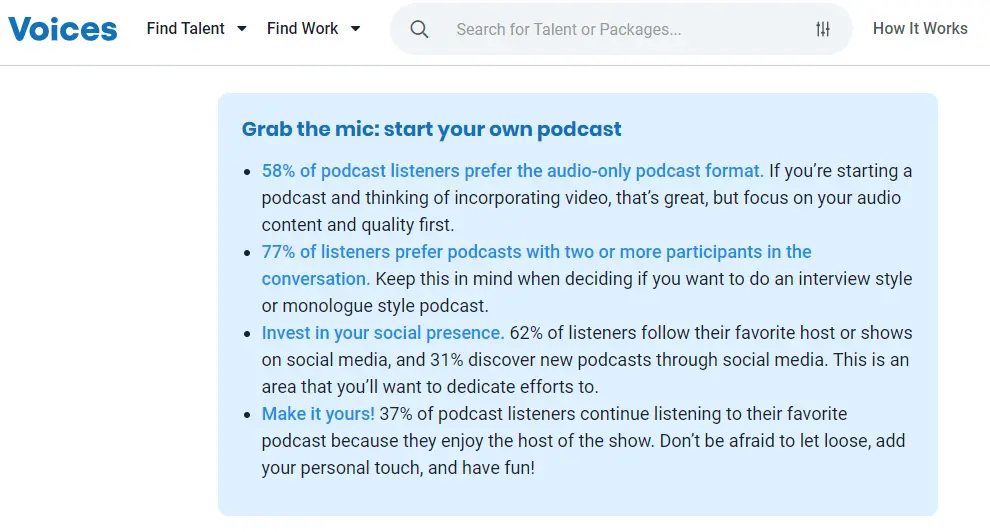
This indicates that audiences really trust the content they listen to on an audio podcast.
If you want to build a rapport & personal connection with your listeners, audio podcasts are an easy way to do that.
8. Audio Podcasts Provide Listeners a Distraction-Free Listening Experience
Video podcasts on YouTube are filled with a lot of distractions.
With the annoying YouTube ads, recommendations, and captivating thumbnails it is so easy to get distracted and click on other videos.
Furthermore, with the introduction of short-form videos on YouTube through YouTube Shorts, the competition for viewers' attention has become more intense than ever. In 2023, People are finding it very difficult to watch longer videos on YouTube which has been acknowledged by the executives working at YouTube themselves & this trend is only getting worse.
So, YouTube is not the right choice for long-form content (anything more than 20 minutes).
But when it comes to audio podcasts, listeners are very focused on your voice without distractions.
So, you can create long-form podcasts (>25 mins) & still have listeners hooked to the last second.
These are the 8 ways in which audio-only podcasts are better to start than video podcasts.
Now that you have seen the pros of audio-only podcasts, you need to know the pros of YouTube video podcasting as well before coming to a decision.
3 Reasons Why Starting a YouTube Podcast is Better Than Audio-Only Podcast
1. YouTube Has a Better SEO Advantage Than Audio-Only Podcasts
You might have noticed that YouTube content frequently appears at the top of Google search results.
The reason for this is that YouTube is owned by Google, and Google has a tendency to give priority to YouTube videos in search results when users are looking for specific topics covered in those videos.
This gives YouTube video podcasts a big advantage over audio-only podcasts in getting new listeners for your podcasts.
If you optimize your YouTube videos with search terms people are searching on Google, your YouTube podcast may rank on the first page of Google and get a constant flux of new viewers every day to watch your YouTube video.
This is not the case with audio-only podcasts.
It's also unlikely that your podcast will attract a large number of listeners from Google search unless the user conducts a targeted search specifically for your podcast, or if you have a highly optimized website page for your episode that includes comprehensive show notes.
2. It is Easy To Monetize Your Podcast on YouTube
Monetization of audio-only podcasts is not readily accessible for creators.
You can try to monetize them by joining ad networks or doing sponsored podcasts, Patreon, or affiliate programs, but each of them requires signing up for a bunch of services and offers varying levels of success when it comes to making money from them.
On the other hand, YouTube natively offers several direct ways to monetize a YouTube podcast uploaded on a YouTube channel. This includes:
- YouTube ad revenue
- Channel memberships
- Super Chat
- Merchandise
- & Youtube Premium revenue
So it’s clear that YouTube offers a much more seamless monetization for creators compared to monetizing an audio-only podcast.
3. You can Livestream on YouTube and Get Real-Time Interactions
If you want to have real-time interactions with your podcast audience, it is not possible with audio-only podcasts, as they don’t support it.
YouTube, however, offers robust live-streaming features for creators on its platform.
So if you want to organize live streams with guests, do interactive sessions with your podcast listeners, or organize Q&A sessions, you can do that right from your mobile phone or your computer & stay in touch with your fans.
Conclusion
The final decision to start an audio-only podcast or do a video podcast is in your hands.
We’ve summarized the pros of both audio podcasts & video podcasts to make the decision easier for you:
Why Should You Start an Audio-Only Podcast?
- Need a minimal setup that is affordable for you when you start
- Easy to get a YES from guests, so you can do more interview podcasts
- Are distributed on multiple platforms with a single click
- Helps to build trust in your audience as your voice feels closer and more personal and
- Better for long-form content as there are near to zero distractions and can be easily listened to while doing other tasks.
Why Start a YouTube Video Podcast Instead?
- Higher discoverability & reach for your podcast from Google search results
- Easy to monetize your podcast with YouTube monetization options
- Can organize live streams & engage with your subscribers in real time
FAQs on Audio-Only vs Video Podcasts
-
What's the difference between an audio-only podcast and a YouTube video podcast?
Audio-only podcasts are typically consumed through platforms like Apple Podcasts or Spotify and focus solely on audio content, they're easier to create, unlike video podcasts. Video podcasts, on the other hand, are uploaded to YouTube and include visual elements alongside the audio.
-
Which format requires more production effort?
Video podcasts generally require more production effort and are labor-intensive due to the inclusion of visual elements such as scripting, filming, editing, and possibly graphics or animations (depending on your podcast theme). In contrast, audio-only podcasts focus mainly on audio quality and editing - with a microphone plugged into a laptop, you're good to go.
-
Are there any advantages to choosing one format over the other?
Audio-only podcasts may be easier for listeners to access and consume during various activities like commuting, exercising, or multitasking. Video podcasts, however, offer the opportunity to connect with viewers visually, more attentively, and potentially attract a larger audience through YouTube's search and recommendation algorithms.
-
Which equipment do I need to start my audio-only or video podcast?
To start your podcast and ensure high-quality audio and video, you'll need some essential podcast equipment. A good microphone is crucial, with options ranging from budget-friendly models like the Blue Yeti X USB to professional-grade microphones like the Shure SM7B. If you choose an XLR microphone, you'll also need an audio interface, such as the Focusrite Scarlett 2i2, to connect it to your computer. For video podcasts, consider a reliable webcam like the Logitech C920 or a premium camera like the Sony Alpha ZV-E10L. Proper lighting, such as the Neewer LED Ring Light, and good headphones like the Audio-Technica ATH-M50x are essential for monitoring and enhancing your recordings. Investing in this equipment will significantly improve your podcast's quality and help retain and attract listeners.
Repurpose your podcast content with AI